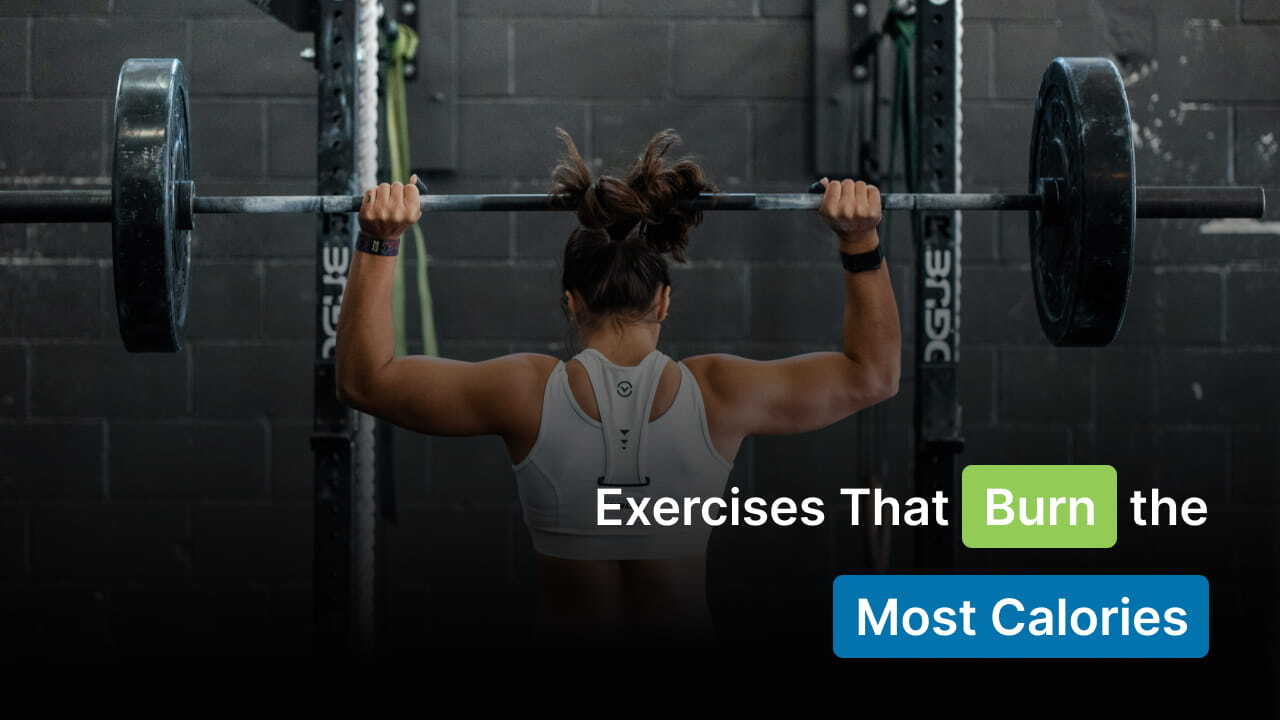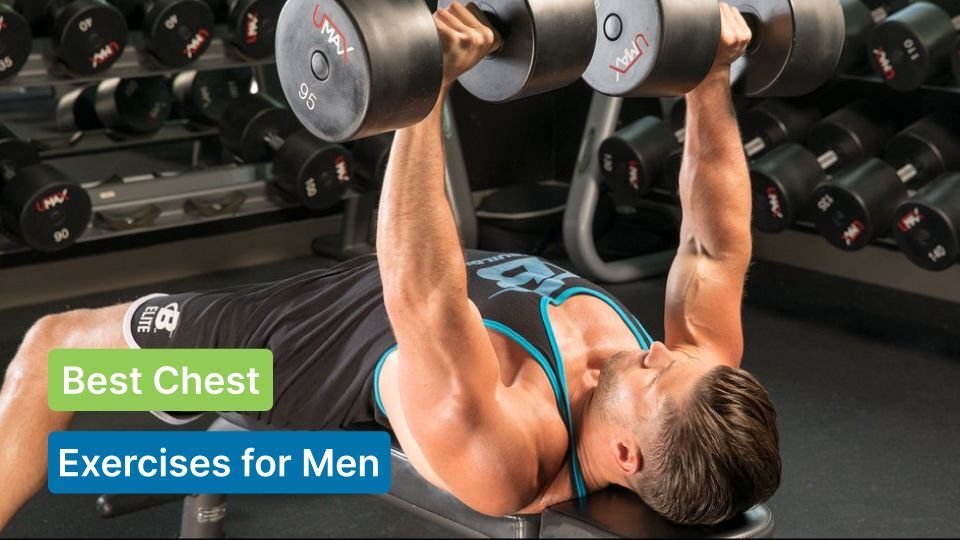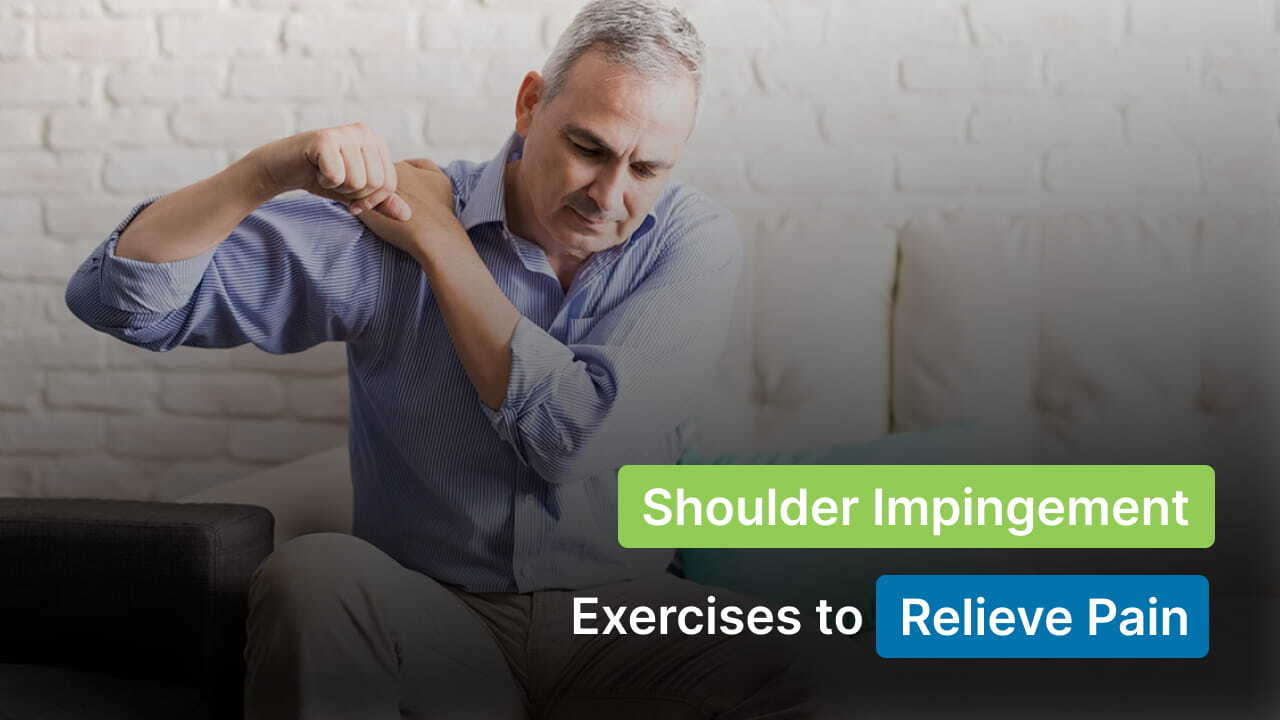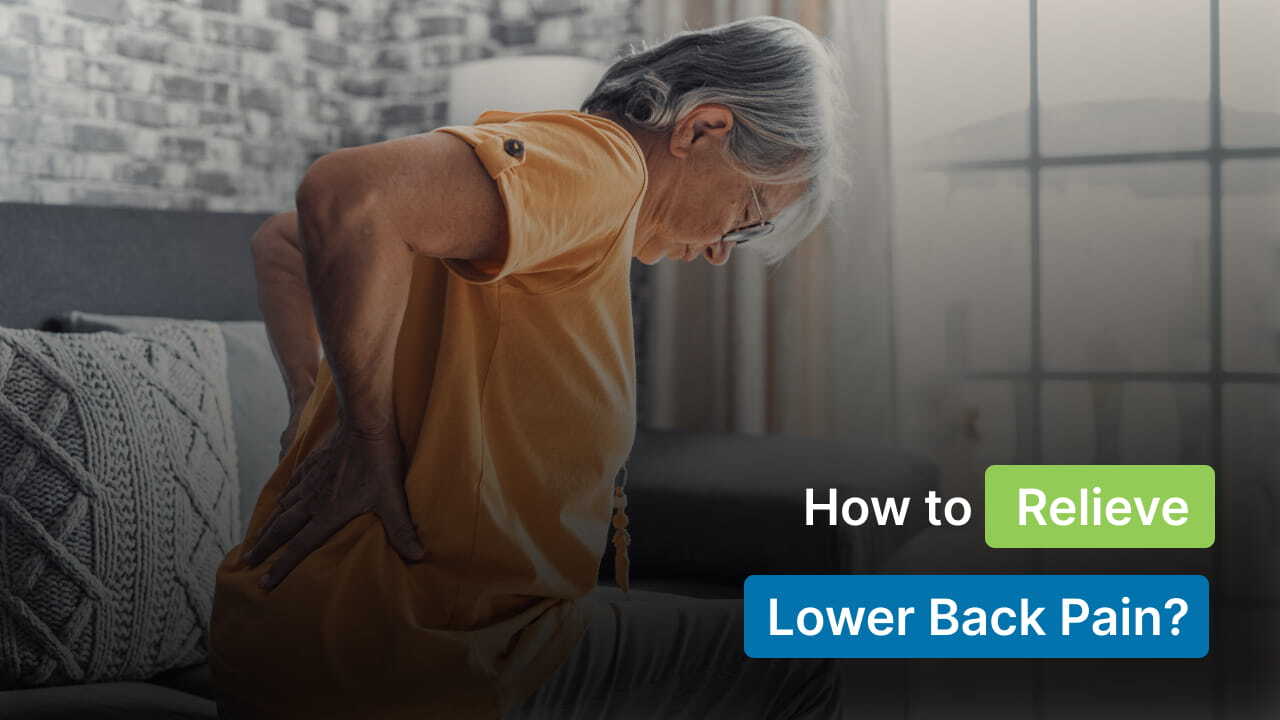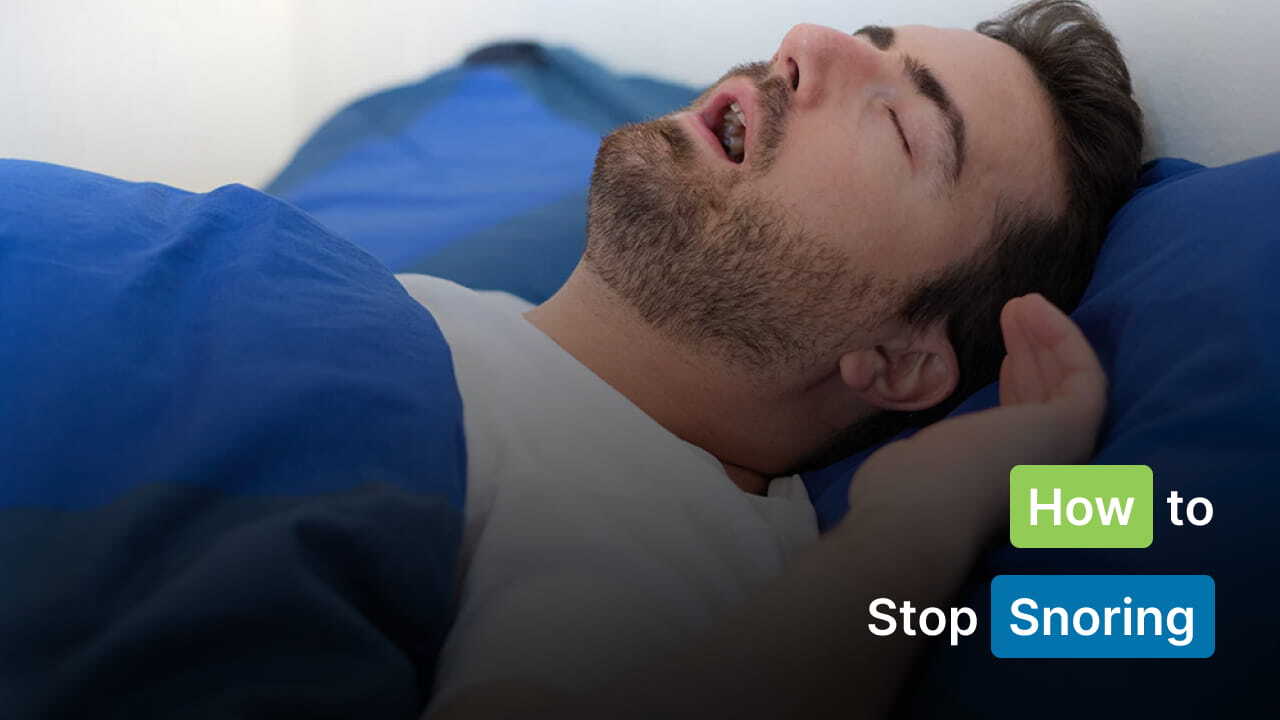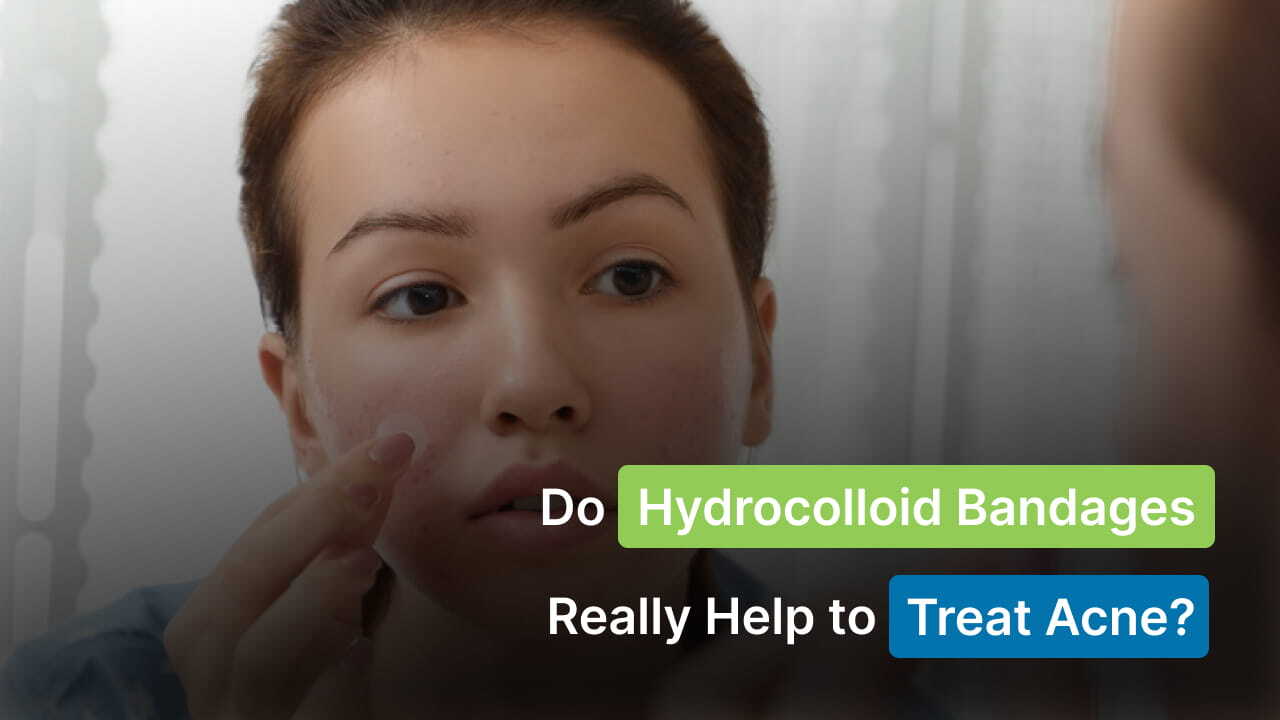
Struggling with acne can be very challenging. It won't go away no matter what you have applied, whether serum, mask, or cream. But do not worry. Here we are with something that can help you out that is “Hydrocolloid Bandages?” Although they are not new, as traditionally they have been used for wounds, they have gained popularity in treating acne with their absorbing properties and ability to create a protective barrier over the skin.
Hydrocolloid bandages work well when acne is full of fluids, raised and bumped. So, this article is all about this magic bandage. Here, we will explore what hydrocolloid bandage is, how it works on acne, and much more. Let's read on!
What Are Hydrocolloid Bandages?
Hydrocolloid bandages are plasters or, like human skin layers, made of gelatine, pectin, and carboxymethylcellulose. This material can also be applied to acne that is not open. They offer moist and healing properties to the skin, reducing scarring and also act as a barrier against bacteria.
Hydrocolloid dressings have two layers:
- The inner layer: The wound dressing has special particles that absorb fluids and create a moist gel. This gel helps to heal the wound and protect new tissues by keeping the area moist.
- The outer layer: When a wound forms, a protective layer seals it against harmful bacteria and debris. This layer also maintains a moist environment and prevents further damage.
The great thing about hydrocolloid dressing is that it does not require frequent changes and can be easily applied. They are easily available in stores and online.
It helps reduce the appearance of thick and raised scars. They are even waterproof and convenient to use, available in various sizes and forms, and made by many manufacturers, like CVS hydrocolloid bandages.
How Does Hydrocolloid Bandage Work on Acne?
According to a top dermatologist in New York, hydrocolloid is a protective barrier for the skin that keeps away extra oil and pus, making the pimple disappear faster. People are habitual of touching acne, which increases inflammation and slows down healing. Putting this bandage on acne promotes moisture and avoids your continuous touching.
Hydrocolloid bandages are thin and flexible. It can be used to hide skin imperfections by applying makeup foundation or concealer on top of it. In a 2014 systematic research review, researchers found that hydrocolloid bandages for acne were highly effective for the following reasons:
- Maintain a moist environment to heal wounds.
- Control wound seepage.
- Facilitate the breakdown of damaged tissue in a wound.
- Reducing pain.
- Providing a barrier that seals wounds protects them from dirt, debris, and infection-causing bacteria.
- Supports the development of new connective tissue and collagen.
- Maintain an optimum acidic pH level to prevent bacterial growth.
- Maintain the ideal temperature for wound healing.
- Promote the development of new blood vessels.
Advantages Of Using Hydrocolloid Bandages for Acne
Hydrocolloid bandages have some unique advantages in certain situations. Read them below:
1. Pressure Sores
According to a 2014 review, the dressings of hydrocolloids are more effective for treating pressure sores. However, after researching nine studies, there must be evidence that they offer the best benefits.
2. Skin Surgery
According to research from 2021, one-time hydrocolloid dressing is more effective after skin surgery than normal dressings. They are effective for removing scars and are more comfortable and convenient.
3. Provide a Moist Environment
This bandage can protect you from rubbing and touching your acne, preventing a scar. Its active ingredients offer a moist environment, help heal acne quickly, and penetrate more deeply to absorb fluid. Additionally, the pimple is protected from UV light, reducing pigmentation. These bandages are usually waterproof; you don't have to change them frequently.
4. Skin Grafts
According to a 2011 study, 62 participants compared the effectiveness of hydrocolloid dressings with traditional dressings for treating skin grafts. They found that they provide better results as compared to traditional dressings. It easily secures skin grafts, lowers the rate of complications, and takes a shorter time to treat acne. However, more research needs to be done to find that hydrocolloid dressings are better than other wound dressings.
How To Use Hydrocolloid Bandages?
Before applying the hydrocolloid bandage, choosing the right type of bandage is a must. They come in various sizes, designs, types, and shapes, which can be used on blemishes, acne, burns, and other wounds and are best for pimples full of fluid. So, choose the best for you that covers your mark.
Now, follow the three steps to apply the hydrocolloid bandage for acne:
- Some people are allergic to skin adhesive, so ensure your skin absorbs glue in hydrocolloid bandages. If you experience skin irritation or some pain, discontinue using them.
- Then, wash your infected area of acne to remove extra oil and dirt thoroughly. You can also use wipes. This makes your skin dry, which allows bandages to stick more easily and allows them to stay longer.
- Although waterproof and can be used as a single piece for many days, even after washing your affected area, you can change it in 3-5 days to get the best result.
What Are Some Alternative Treatments for Acne?
Many people are still interested in treating acne with traditional methods. Here are some alternative treatments you can do if you have acne-prone skin.
1. Cleansers.
Cleansers are important to remove the excess oil and dust from your face. Consider face washes containing benzoyl peroxide, salicylic acid, hydroxy acids, or sulfur. Remember to wash your face twice a day.
2. Injections.
If you're dealing with acne, your doctor may give you steroid shots in the affected areas to help clear it up.
3. Topical medicines.
Creams, gels, and lotions you can get with or without a prescription can help treat acne. Look for products that have ingredients like adapalene, azelaic acid, dapsone, retinoic acid, salicylic acid, tretinoin, or trifarotene.
4. Oral medicines.
Your doctor may prescribe an androgen receptor blocker to block androgen hormones from glands that produce oil like spironolactone (Aldactone). They can also prescribe isotretinoin if other treatments do not work for you (Absorica, Zenatane).
5. Antibiotics.
Your doctor can also prescribe antibiotic pills like topical clindamycin, erythromycin, or minocycline directly to the skin.
Some Other DIY Pimple Patch Ideas
You can use ingredients from the store or your house to heal the acne from your skin, and they are worth trying.
- Aloe vera: Aloe vera grows in dry, hot environments and helps to treat skin abnormalities like acne.
- Lavender: Lavender oil contains antibacterial properties to help treat acne.
- Lemon juice: Lemon juice is a natural antiseptic ingredient containing citric and L-ascorbic acid that helps exfoliate acne, burns, and wounds.
- Green tea: Green tea contains polyphenols. Freeze it in an ice tray and rub it on the face to reduce inflammation-causing bacteria and oils on the skin.
Remember to check that these ingredients are safe to use for you. First, apply them to a small patch of skin and check if it is giving any allergic reaction to you. If yes, stop the usage immediately.
Are Hydrocolloid Bandages Safe for Acne?
Using hydrocolloid bandages is an easy acne treatment, but they may cause side effects such as contact dermatitis, resulting in skin irritation or itching.
Hydrocolloid bandages protect from abrasions and acne. But one disadvantage is its lack of oxygen, resulting in acne-causing bacteria. So, it is advisable to use patches containing oyl peroxide or salicylic acid to prevent bacterial growth.
Some Tips for Acne-Prone Skin
For maintaining a healthy and clean skin, it is important to include below steps in your daily routine:
1. Wash Your Face
Acnes result from the overproduction of sebum, your skin's natural oil. So, choosing the right cleanser to help remove excess oil from the skin's surface is essential. Try a face wash with salicylic acid, which removes dirt, extra oil, and sweat, which prevents breakouts and blemishes.
2. Apply a Detoxifying Face Mask
After washing and drying your face, apply a detoxifying face mask that helps remove dirt, oil, and other impurities resting in clogged pores to refine skin and minimize the appearance of open pores. Apply the mask and let it dry for ten minutes, then wash it with lukewarm water.
3. Remove Lingering Impurities With Toner
Now, using a toner, you can remove your face mask, making your skin layers smoother. Use a cotton pad, dab in toner, apply on your skin, and let it dry for a minute.
4. Apply Face Oil
Now it's time to apply some face oil. Many believe that adding face oil to oily skin can cause more acne, but it is an effective way to treat skin problems. Consider the oil formula as non-comedogenic, which does not increase your blemishes. This helps strengthen your skin's moisture and reduce redness. It is recommended to apply only two to three drops. Rub a few drops on your palm thoroughly, and apply in affected areas. Allow it some minutes to absorb on your face.
5. Layer On Your Favorite Moisturizer
Knowing that they can dry your skin is essential if you're looking for skincare products to help with breakouts. When your skin becomes dry, your body produces more oil, which can clog your pores and lead to more blemishes. It's essential to be aware of this so you can take steps to keep your skin healthy. Moisturize regularly to avoid dry skin. Apply a lightweight moisturizer after using face oil. Apply morning and evening for healthy-looking skin.
6. Don't Forget Sunscreen
Use a lightweight, broad-spectrum sunscreen to protect your skin from damaging sun rays. Remember to include this as the final step of your daytime skincare routine.
What Are Hydrocolloid Blister Dressings?
Hydrocolloid blister dressings are made of CMC hydrophilic and hygroscopic particles with active gels. They are the same as hydrocolloid dressing for acne. They create a protective layer for acne to provide moisture and promote a healthy environment.
- Fast Treatment: Hydrocolloid bandages blisters are created to provide rapid and correct healing of the blister.
- Waterproof: Maintaining moisture during the healing process also prevents water from entering the wound.
- Long lasting: Compared to other bandage brands, this product can stick to the skin for up to 7 times longer.
- Used for all body parts: All sizes suit adults and children to treat blisters.
Summary
Hydrocolloid bandages are becoming famous for treating acne, providing a moist environment that allows the skin to heal faster. They contain a substance that absorbs liquids and turns them into a gel. According to a 2006 clinical trial, these bandages may offer various benefits for healing acne and reducing inflammation and pigmentation.
While using the bandages, follow the instructions labeled on the product to use hydrocolloid dressings. If any irritation occurs, it is advisable to consult a dermatologist. Additionally, remember to follow the basic routine for maintaining healthy skin.
FAQs
1. Do hydrocolloid bandages help to get rid of acne?
Ans: Hydrocolloid bandages are effective for treating acne if they contain pus/fluid, so they can quickly drain and flatten the acne.
2. Do hydrocolloid bandages work, as well as pimple patches?
Ans: They both have the same technology. They work the same as other pimple patches. But pimple patches are thinner than hydrocolloid bandages.
3. What does hydrocolloid pull out?
Ans: Hydrocolloid patches are helpful when your acne has pus or fluid. It sucks the pimple fluid and reduces swelling. Applying them stops you pooping your acne and heals them fast.
4. Is hydrocolloid better than salicylic acid?
Ans: A hydrocolloid patch won't be helpful if your pimple has no fluid. Instead, salicylic acid is more effective for black and whiteheads and will clear dirt and bacteria out of pores with faster healing.
Also Read


